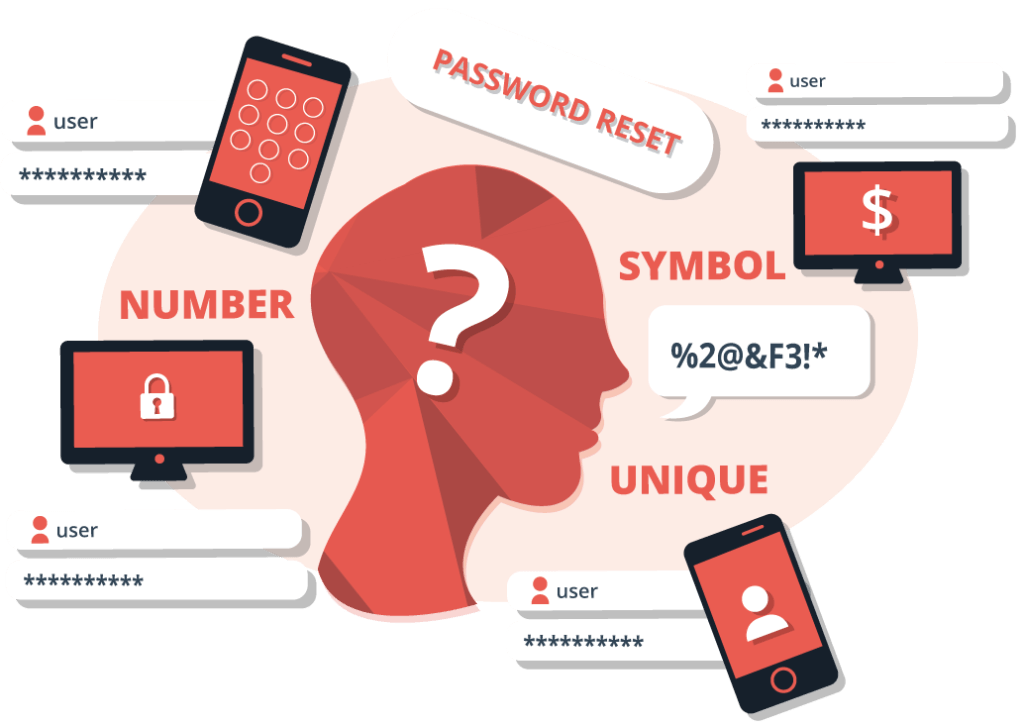Behavioral Biometrics
Behavioral Biometrics History, Applications, and Technology
You are the NEW password
Behavioral biometrics and authentication today
Passwords have long been the standard authentication tool. But there are a growing number of serious problems with this form of authentication.
Users today have a lot of passwords to remember—more than ever before—and they’re asked to change them frequently. Each of these passwords can be used by anyone that has them if they’re compromised or stolen.
Meanwhile, the need for ever more complex passwords, in ever greater numbers, that are ever more ready at hand leads to poor password hygiene and habits. These defeat the purpose of password use.

Password management software makes it easier to store and manage passwords, but passwords remain vulnerable to human error, social engineering, and theft—and once a password is in the wrong hands, the door is wide open.

For these reasons, multi-factor authentication (MFA) is now in widespread use. By requiring both a known password and the possession of a particular device or other hardware, MFA is designed to plug some of the holes that decades of password use has created.
But devices, too, are vulnerable to loss, social engineering, and theft—often at the same time that passwords are being stolen—and MFA makes heavy demands on users and support teams.
Behavioral biometrics, on the other hand, plugs these holes by providing transparent authentication that is neither password- nor device-dependent.
Instead, everyday behavior provides continuous, real-time verification of identity, whatever device is being used. Meanwhile, strangers are caught and excluded—with or without the “right” passwords and devices.

Authentication Methods: A Side-by-Side Comparison
A closer look at how current authentication methods perform
Vulnerability
User Friction
Regulatory Compliance
Passwords
Password Vulnerability
High
Prone to human error, poor hygiene, and theft.
Password User Friction
High
Forgetfulness and complex password policies lead to high support needs.
Password Compliance
Low
Do not alone meet many current regulatory standards.
Multi-factor Auth
Multi-Factor Vulnerability
Medium
Prone human error and compromised by device loss or theft.
Multi-Factor USER FRICTION
High
Further increases complexity and imposes new logistical constraints.
Multi-Factor Compliance
High
Enables regulatory standards to be met, though at high costs.
Behavioral Biometrics
Behavioral Biometrics Vulnerability
Very low
The capture and re-use of micro-behaviors is currently not possible.
Behavioral BIometrics USER FRICTION
None
Authenticates in real time while invisible to the user.
Behavioral Biometrics Compliance
High
Continuous, strong authentication is driving rapid adoption in regulated organizations and industries.














